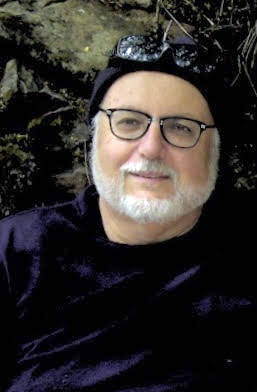Despite its universal usage, safety experts do not like the term “accident.” Colloquially, the word has come to imply an incident that “just happens” and cannot be predicted much less prevented. The painful truth that decades of data and experience has shown us is that nearly all accidents are in fact very predictable and therefore preventable. We know that there are universal root causes that singularly or in combination can be identified in any given accident. Among these causes are inadequate training, missing or damaged safety guards, inadequate or incompetent supervision, safety rules and safe procedures that don’t exist or are not enforced, and poorly maintained machinery or equipment. The history of workplace safety has been rife with a tendency on the part of employers and their associations to “blame the worker” for accidents.
Those of us who have spent a career observing workplace conditions and investigating multitudes of accidents have learned that the immediate act that leads to injury or death is seldom if ever the actual root cause that could have prevented it.
In my 30 years of experience in Ohio and California, I encountered all too many grisly worplace fatalities: The worker suffocated in a collapsed trench where shoring was not installed, the young man who fell into a tire chipper because a guard was not in place, the maintenance man inside a log debarker when it was “accidently” turned on absent a required lockout procedure, the multitude of crane fatalities on unstable ground or outriggers not deployed.
In 1970 around 14,000 workers were killed on the job. After the Occupational Safety and Health Act was passed in 1981, that number fell to approximately 4,340 by 2009. At the same time, U.S. employment has almost doubled and now includes over 130 million workers at more than 7.2 million worksites. That is almost twice the death count resulting from the World Trade Center attack that shocked our nation. These workers usually die one at a time, in obscurity, with little fanfare and rarely even mention in the daily paper.
From the day that the OSHAct was passed there has been a non-stop campaign to weaken or eliminate the agency it created. That continues today. The agency has never been funded to a level that allowed the inspection of more than a miniscule fraction of workplaces. And to date, Federal workplaces, such as U.S. Coast Guard employees, are still not covered by the law.
In Homer last month there was a workplace fatality that very much caught the town’s attention. It was not an event I thought I would once again encounter in my adopted hamlet. In addition to the sadness I shared with all of you at the thought of the suddenly widowed young wife and fatherless children, I was reminded of the many senseless and preventable tragedies of the past, of other grieving families and lost lives.
My fervent hope is that the Coast Guard will do justice to the life of Mike Kozloski by conducting a thorough investigation that identifies all of the underlying root causes of this incident and takes appropriate measures to eliminate or correct them. And that we all go beyond the thoughts and prayers offered to demand safer and healthier workplaces.
Jack Oudiz is an industrial hygienist by training. He was a Senior Industrial Hygienist, Senior Safety Engineer and District Office Manager over a 25 year career at Cal/OSHA. He was also in charge of providing technical training to 250 field inspectors there as well as in charge of their statewide emergency response teams. He was selected to lead a team of Cal/OSHA staff to provide assistance at the World Trade Center in October 2001. He also has taught Safety and Industrial Hygiene classes for the University of Alaska Anchorage for about 5 years as an adjunct instructor.


